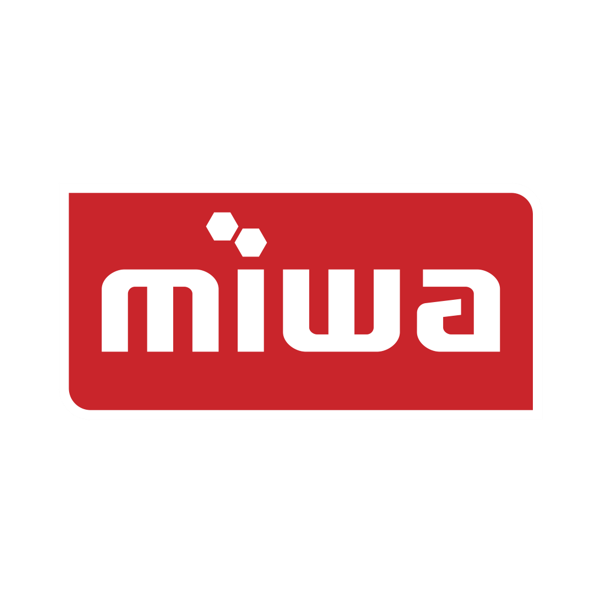Visiting a filling station to refuel your vehicle or have your tyres pressures checked is a run-of-the-mill exercise thousands of people do every day. It shouldn’t be stressful or complicated, but things can go wrong if you’re not paying attention.
Motor Industry Workshop Association (MIWA) chairperson Dewald Ranft says to ensure a smooth experience, clear communication is important and you should be checking what the forecourt attendant is doing.
“This is particularly important for anyone not clued up about the basics of car maintenance. If you have to rely on someone else to do the checking and topping up for you, make sure you at least know what fuel, oil and tyre pressure your car requires,” he says.
Ranft offers 5 handy tips everyone should bank for those frequent visits to the filling station:
1. Fuel. Ensure the attendant understands/hears exactly what you are asking for (petrol or diesel) when you want your tank filled. It is not good news if you accidently put petrol in a diesel vehicle. If you realise your mistake at the filling station, don’t start the car. Don’t even put the key in the ignition. Tell the manager on duty what’s happened and put the car in neutral. It is the filling station manager’s responsibility to assist. With the assistance of a MIWA accredited workshop they should be able to drain, flush and refuel the car. If you are unlucky enough to drive off without realising, you’ll soon find out when your car grinds to a halt. This should be treated as a breakdown.
“Putting diesel in a petrol engine isn’t as detrimental as the other way around,” Ranft explains. The make-up of petrol is designed to be stable and only able to ignite by the spark plug, which then starts the car. Diesel, however, needs to be compressed before it’ll ignite, so chances are you won’t even be able to start the engine.”
2. Water. The rule of thumb is to never have your car’s cooling system checked when the engine is hot. The system is under pressure and more water is likely to leak out than what the attendant can top up with. Also, this can create an airlock that will definitely cause the car to overheat – even worse, leave you stranded on the side of the road. Adding cold water to a hot cooling system is also not a good idea, and may result in cracks in the engine, that are very expensive to repair.
“In this day and age in South Africa, being stuck on the side of the road is the last thing you want to happen, so avoid filling up water coolant when the engine is hot. The only exception is when the coolant level warning light shows it’s low. Let the car cool down almost completely. This might take a while but only then fill up the water/coolant to the prescribed levels,” Ranft says.
3. Oil. If your car has a dipstick for checking the oil level, the engine needs to be stationary/not running at all for at least 10 minutes before checking the level.
“Most of the newer models have an oil level sensor and the oil can be checked electronically on the speedometer/cluster or the on-board computer.
“If the oil needs to be filled up, consult the owner’s manual for the correct specifications so that you use the correct grade of oil for your car. If the filling station doesn’t have the right oil, go to a MIWA accredited workshop for a top up,” Ranft says. “An exception is the oil being completely depleted. Only then, put in what is available. Any oil is better than no oil, unless you want your engine to completely fail.”
4. Tyres. Checking the pressure is an easy one, but you must be mindful of not overinflating the tyres.
Ranft points out that if you don’t know what the prescribed tyre pressure is, open the driver’s door and look for a sticker indicating this on the door pillar. Alternatively, check the owner’s manual.
“Overinflated tyres are more susceptible to damage from potholes, curbs or debris. Like an overinflated balloon, tyres filled to their max are stiff and inflexible, making them vulnerable to damage.”
5. His final tip for a trip to the filling station is that when you get out of the car to check the attendant is doing what you’ve asked and perhaps pop in to the local convenience store, remove valuables, take the key out of the ignition and lock the doors otherwise you could fall prey to remote jamming.
“While a trip to the filling station is part of the humdrum of life, never become complacent when it comes to the health of your car. A simple moment of inattentiveness – by you or the petrol attendant – can result in costly and unnecessary damage.
“It is your responsibility to ensure your car gets exactly what it needs to perform at its best and offers you peace of mind it won’t leave you stranded,” Ranft concludes.



